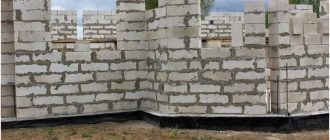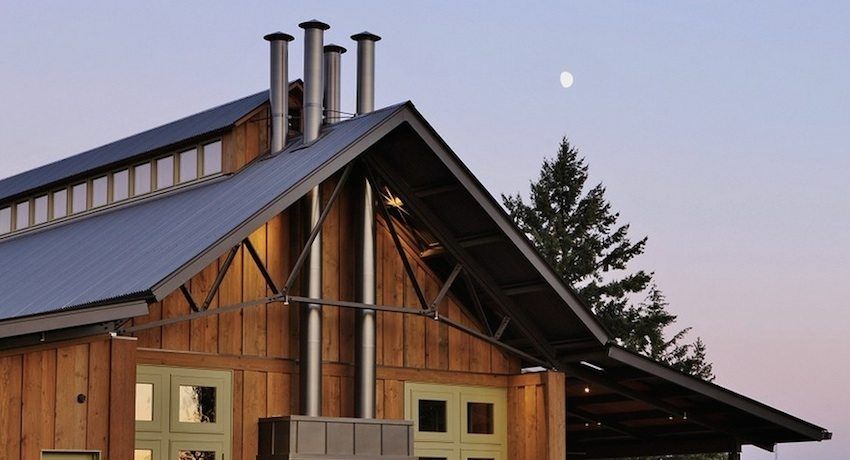- Material differences
- Manufacturing raw materials
- Manufacturing technology
The design and construction of a house often puts the contractor with a choice: aerated concrete or foam concrete block. What’s better?
Material differences
Both materials are lightweight aerated concrete. Air cavities provide the building material with excellent thermal insulation qualities and make it possible to build walls of relatively small thickness from it.
Foam and aerated concrete differ in the method of their manufacture, which affects their properties. Professionals recognize the YTONG brand products as the standard of high-quality aerated concrete, this material will serve as an example for us.

Manufacturing raw materials
For the manufacture of building blocks from aerated concrete, environmentally friendly substances are used: sand, lime, cement and water. To form voids, aluminum paste is added to the raw material, which reacts with lime.
In the production of foam concrete, a similar technology is used, but industrial waste (slag, ash, etc.) is often used instead of quartz sand to reduce costs. All of these components can vary, so the properties of aerated concrete can also vary significantly..
Manufacturing technology
Aerated concrete is produced by autoclave heat treatment. Thus, the building material receives strength, rigidity and uniform density..
Foam concrete blocks, on the other hand, harden in natural conditions without heat treatment – for this reason, it is less durable, and its thermal insulation properties are lower. Also, foam concrete demonstrates shrinkage with a loss of moisture, which can lead to cracks in the masonry of this building material. Aerated concrete is devoid of such a disadvantage.

